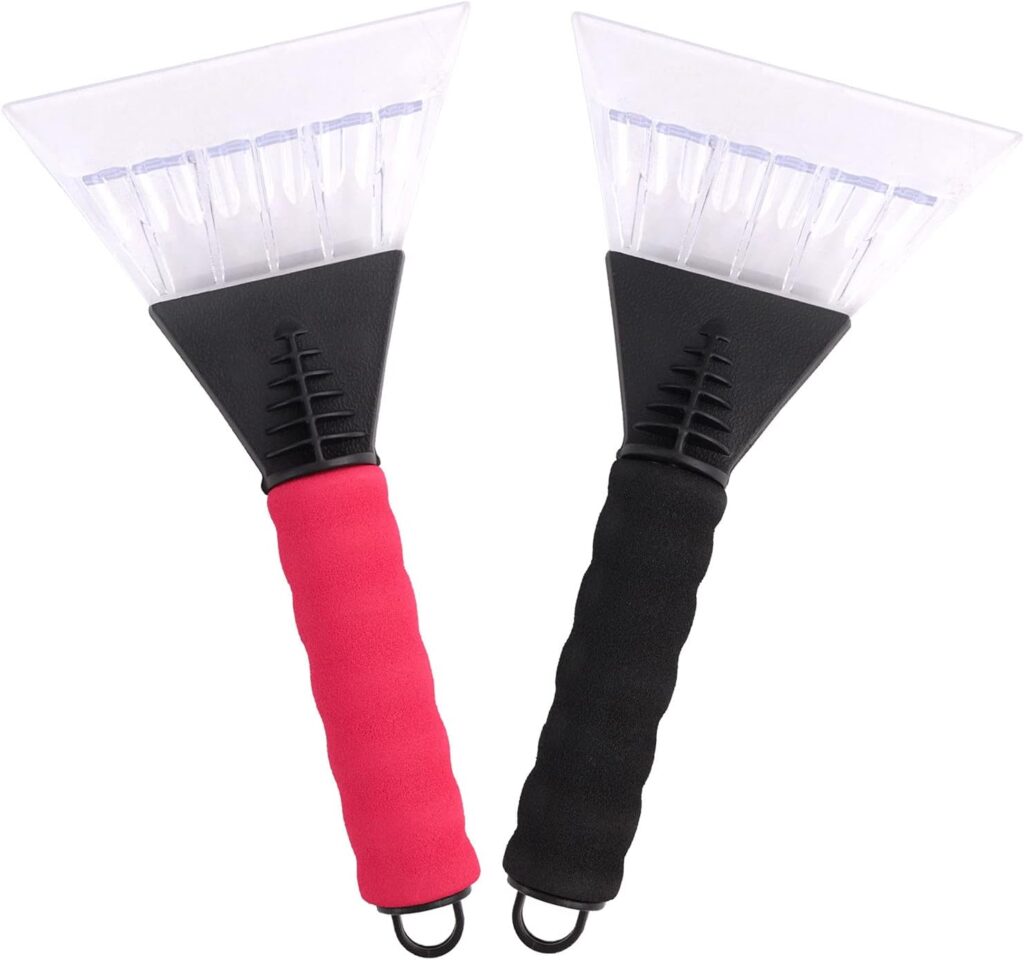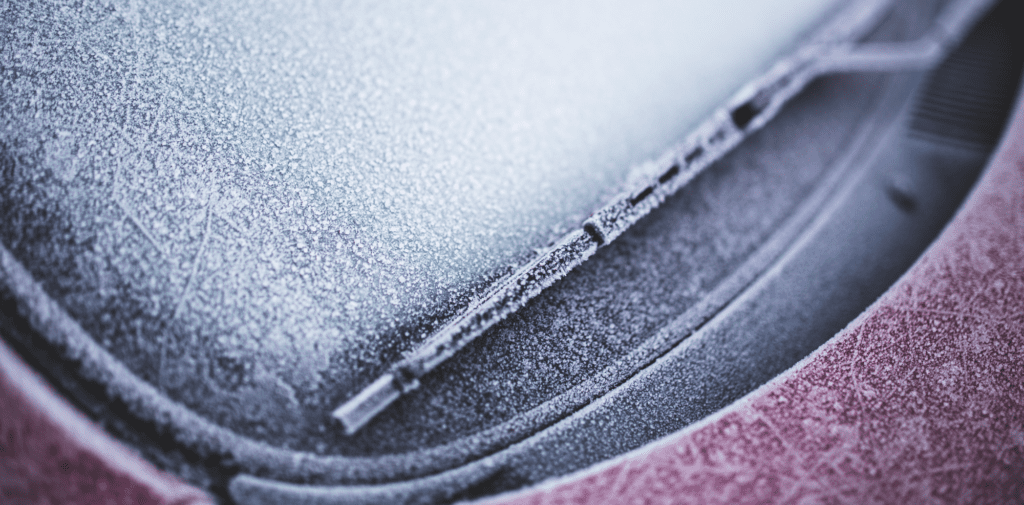
Waking up to frozen car windows on a cold morning can be a challenging start to the day. However, there are effective methods to quickly defrost your car windscreen, ensuring you can start your journey with clear visibility.
Preparing Your Vehicle
First, ensure your car is ready for the defrosting process. It’s crucial to regularly check your vehicle’s antifreeze levels and the condition of your windscreen wipers. Proper maintenance can prevent damage and ensure your defrosting methods are more effective.
Quick Defrosting Techniques
Start Your Engine
Begin by starting your engine and turning on the defroster. This warms up the inside of your car, helping to melt the ice.
Use the climate control settings to direct warm air onto the windscreen, but avoid high heat on a very cold windscreen to reduce the risk of cracking.
Use a De-Icing Solution
Apply a de-icing solution to the outside of your windscreen. You can purchase a commercial de-icer or make your own by mixing three parts vinegar with one part water and spraying it onto the windscreen the night before. In the morning, the ice will be easier to remove.
Employ a Windscreen Scraper
For stubborn ice, use a windscreen scraper. It’s designed to safely remove ice without damaging the glass. Avoid using metal tools or improvised items that could scratch or crack the windscreen.

Preventative Measures
Cover Your Windscreen
To prevent your windscreen from freezing, consider covering it overnight with a windscreen cover or even a towel. This acts as a barrier against frost.
Park Strategically
If possible, park your vehicle in a garage or under a cover to protect it from the elements. When outdoor parking is the only option, position your car so that the windscreen faces away from the prevailing wind to reduce ice build-up.
By following these tips, you can efficiently defrost your car windscreen and take proactive steps to prevent ice formation, ensuring a safer and more pleasant start to your winter mornings.
How to Defrost a Car Window in 5 Easy Steps
Successfully defrosting a car window is essential for safe driving during the winter months. Follow these straightforward steps to ensure your windows are clear and you’re ready to travel safely.
Step 1: Gather Your Tools
For an efficient defrosting process, you’ll need:
- Scraper and squeegee: Essential for removing ice.
- De-icer: Helps to melt the ice quickly.
- Brush: Useful for sweeping off loose snow.
- Gloves: Keeps your hands warm during the process.
Although a scraper alone can suffice in a pinch, the additional items greatly facilitate the task.


Step 2: Prepare Your Car
Before starting your car, ensure that the window wipers are switched off to prevent damage. Ice can cause the wipers to adhere to the windscreen, leading to potential harm if activated.

Step 3: Activate the Defrosting System
With the wipers secured, start your engine. Then, activate:
- Windscreen warm air blower: Aims warm air at the windscreen to melt the ice.
- Window and mirror heaters: Utilise these if your car is equipped with them.
- Air conditioning: Although it may seem odd, turning on the air conditioning helps by removing moisture from the air, preventing the windows from steaming up.
Step 4: Clear Loose Snow and Ice
Remove all loose snow and ice from the windows, lights, and side mirrors using a brush. Don’t forget to clear the front grille with a soft brush to prevent overheating, as blocked grilles can cause your car to overheat in cold temperatures.
Step 5: Scrape the Ice
Now, it’s time to tackle the ice more aggressively. Use a quality scraper and de-icer to remove the ice from your windscreen. Spray the de-icer onto the windscreen and scrape the ice away thoroughly.

After completing these steps, get into your car and allow yourself a moment to warm up while any remaining mist clears. Then, you’re all set to drive off into the winter weather, with clear windows for safer travel.
Dos and Don’ts When Defrosting a Car Window
Ensuring clear visibility while driving during cold weather is crucial for safety. Here are some essential dos and don’ts to help you defrost your car windows effectively and safely.
Do Defrost All Windows, Mirrors, and Lights
Driving with frost-covered windows and mirrors is not only illegal but also extremely dangerous, as it severely impairs your ability to see potential hazards.
It’s important to thoroughly defrost all windows, mirrors, and lights to maintain full visibility. Aim to remove ice and frost from the entire surface, rather than just clearing a small area to peer through.
Don’t Use Hot Water for Defrosting
Applying hot water to a frozen window can cause thermal shock, leading to the glass shattering. This principle, where a sudden change in temperature causes materials to break, means you should avoid using any temperature of water for defrosting, as it can refreeze and create hazardous conditions, not just on your windscreen but also on the surrounding ground.
Do Prevent the Windscreen from Freezing
Taking proactive measures can stop your windscreen from freezing in the first place. Apply a de-icer spray in the evening or use car window covers to protect against frost. Parking your car to face the east can also leverage the morning sun to assist in defrosting your windows.
Don’t Leave Your Car Unattended
Never leave your car unattended with the engine running while it warms up. This presents an opportunity for theft, and you could lose your vehicle within seconds, potentially voiding any insurance claim.
Don’t Use Your Hands to Wipe Windows
Avoid using your hands to wipe the inside of your windows, as natural oils and any dirt on your hands can smear the glass.
Additionally, wearing rings could scratch the window, turning a temporary problem into a permanent one. Instead, use a microfibre cloth for cleaning the interior windows to avoid any damage or smearing.
Following these guidelines will help ensure your car is safely prepared for winter driving, maintaining clear visibility and preventing avoidable damage or hazards.


